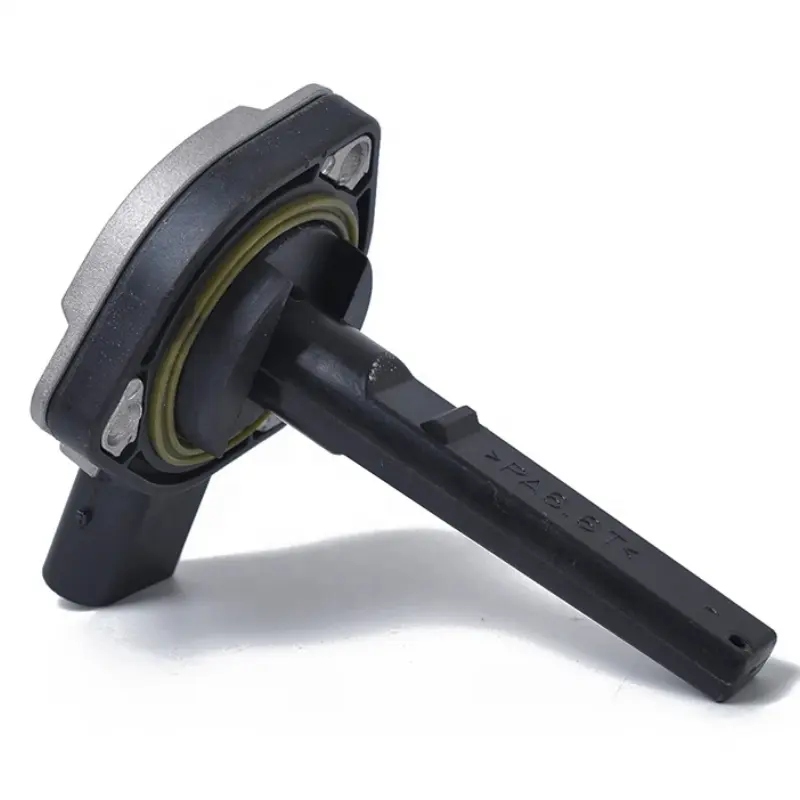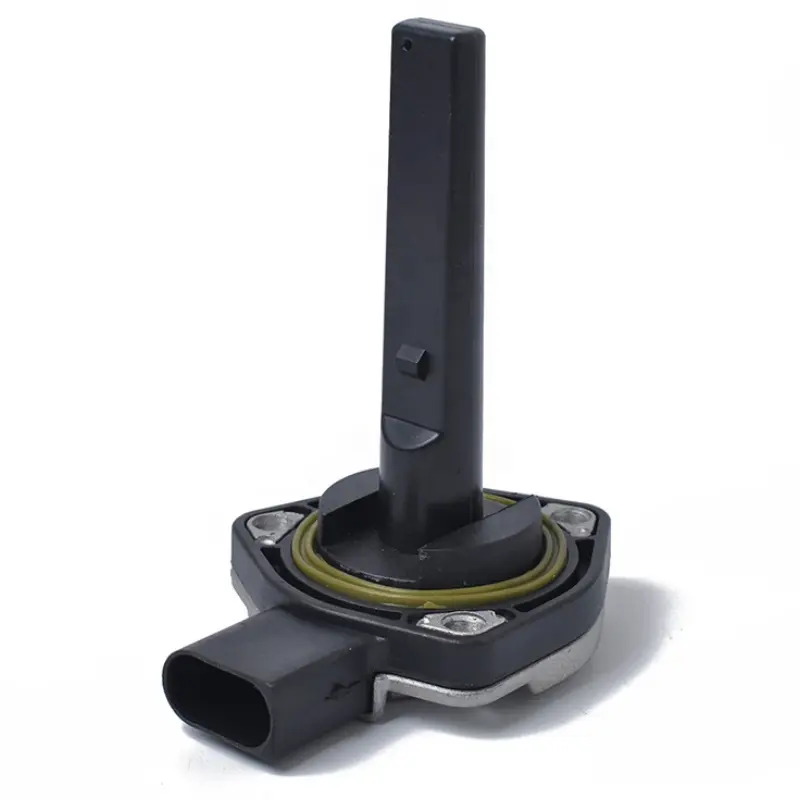Understanding Vehicle Oil Level Sensors and Their Critical Role
The modern automotive landscape relies heavily on sophisticated monitoring systems, with the oil level sensor being a crucial component for maintaining engine health. This vital device continuously tracks the amount and quality of oil in your engine, ensuring optimal performance and preventing potential damage. As vehicles become increasingly complex, choosing the right oil level sensor has become more important than ever for both vehicle longevity and performance.
Today's oil level sensors utilize advanced technology to provide real-time data about your engine's oil conditions. These sensors serve as your first line of defense against engine wear and potential failure, making their selection a critical decision for any vehicle owner. Understanding how these devices work and what to look for when choosing one can save you from costly repairs and extend your engine's lifespan.

Essential Features of Quality Oil Level Sensors
Accuracy and Precision Measurements
When evaluating oil level sensors, accuracy stands as the paramount feature to consider. High-quality sensors typically offer precision measurements within millimeters, ensuring you receive exact readings of your engine's oil levels. Modern sensors employ various technologies, from capacitive sensing to ultrasonic measurements, each offering different levels of accuracy.
The best oil level sensors maintain their accuracy across various temperatures and operating conditions. They should provide consistent readings whether your engine is cold or at full operating temperature, and regardless of the oil's viscosity or age. This reliability ensures you're always aware of your engine's true oil status.
Durability and Environmental Resistance
Vehicle engines present harsh environments with extreme temperatures, vibrations, and exposure to various chemicals. Premium oil level sensors are built to withstand these challenging conditions. They typically feature robust construction with high-grade materials that resist corrosion and degradation over time.
Look for sensors with proven temperature resistance ranges suitable for your vehicle's operating conditions. Quality sensors often come with protective coatings or housings that shield their sensitive components from contamination and physical damage, ensuring long-term reliability.
Technical Specifications and Compatibility
Electrical Requirements and Integration
Understanding the electrical specifications of oil level sensors is crucial for proper integration with your vehicle's systems. The sensor must be compatible with your vehicle's voltage requirements and communication protocols. Most modern sensors operate on 12V or 24V systems, but it's essential to verify the exact specifications for your application.
Consider the sensor's power consumption and signal output type. Some sensors provide simple analog outputs, while others offer digital communication through CAN bus or other protocols. Ensure the chosen sensor can integrate seamlessly with your vehicle's existing electronic systems.
Physical Dimensions and Mounting Options
The physical aspects of oil level sensors play a crucial role in their functionality and installation. Proper fitment requires careful consideration of the sensor's dimensions, mounting style, and connection types. Take precise measurements of your engine's sensor mounting location and compare them with the sensor's specifications.
Different vehicles may require specific mounting configurations or adapter kits. Consider whether the sensor needs to be mounted vertically, horizontally, or at an angle. The mounting method should provide stable positioning while allowing for easy maintenance access.
Installation and Maintenance Considerations
Professional Installation Requirements
While some experienced DIY mechanics might handle oil level sensor installation, professional installation often provides the best results. Proper installation ensures accurate readings and prevents potential issues like oil leaks or sensor damage. Consider the complexity of the installation process and whether special tools or expertise are required.
Professional installers can properly calibrate the sensor and verify its operation with diagnostic equipment. They can also ensure all connections are properly sealed and the sensor is correctly integrated with your vehicle's electronic systems.
Maintenance and Calibration Needs
Regular maintenance helps ensure your oil level sensor continues to provide accurate readings throughout its service life. Understanding the maintenance requirements before purchase can help you plan for long-term care. Some sensors may require periodic calibration or cleaning to maintain optimal performance.
Consider the accessibility of the sensor for maintenance purposes and the availability of calibration tools or services. Quality sensors often come with self-diagnostic features that can alert you to potential issues before they affect performance.
Cost Considerations and Value Assessment
Initial Investment Analysis
The cost of oil level sensors can vary significantly based on their features, quality, and compatibility. While it might be tempting to choose the least expensive option, consider the long-term value rather than just the initial price. Higher-quality sensors often provide better reliability and longer service life, potentially offering better value despite higher upfront costs.
Factor in additional costs such as installation, calibration tools, and any required adapters or mounting hardware. Some sensors may require specialized diagnostic equipment for setup and maintenance, which should be included in your cost assessment.
Long-term Value and Warranty Coverage
Evaluate the warranty coverage and expected service life of different oil level sensors. A longer warranty period often indicates the manufacturer's confidence in their product's reliability. Consider the cost of potential replacements and the impact of sensor failure on your vehicle's operation.
Look for sensors from established manufacturers with good reputations for customer support and parts availability. The availability of technical support and replacement parts can significantly impact the long-term value of your investment.
Frequently Asked Questions
How often should an oil level sensor be replaced?
Most quality oil level sensors are designed to last the lifetime of the vehicle, but they may need replacement after 5-7 years depending on usage conditions and environmental factors. Regular inspection during routine maintenance can help identify potential issues before failure occurs.
Can I install an oil level sensor myself?
While some experienced DIY mechanics can install oil level sensors, professional installation is recommended to ensure proper function and prevent potential issues. The installation process often requires specialized tools and knowledge of vehicle electronic systems.
What causes oil level sensor failure?
Common causes of sensor failure include electrical issues, physical damage from debris, oil contamination, and normal wear over time. Extreme operating conditions, poor maintenance, and using incorrect oil types can also contribute to premature sensor failure.
How accurate are modern oil level sensors?
High-quality modern oil level sensors can provide accuracy within millimeters of the actual oil level. However, this accuracy depends on proper installation, calibration, and maintenance. Digital sensors typically offer better precision than older analog models.

